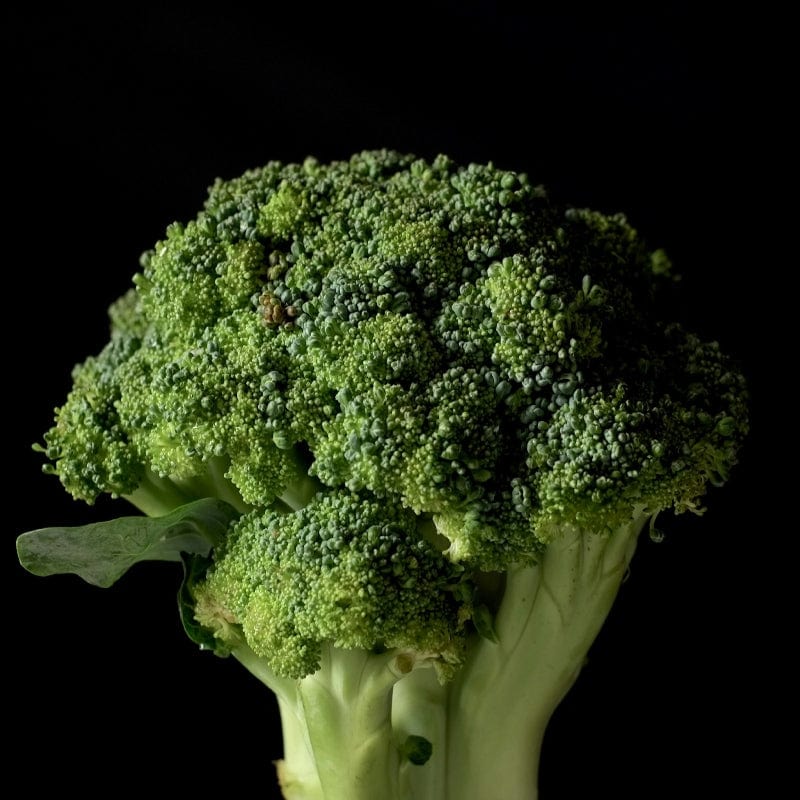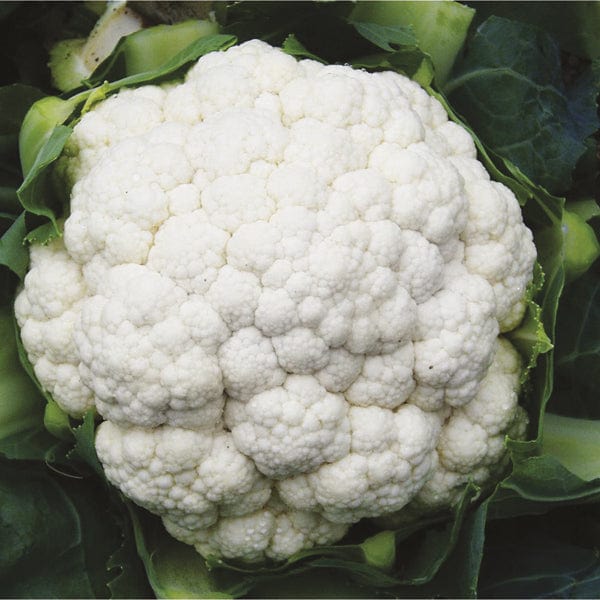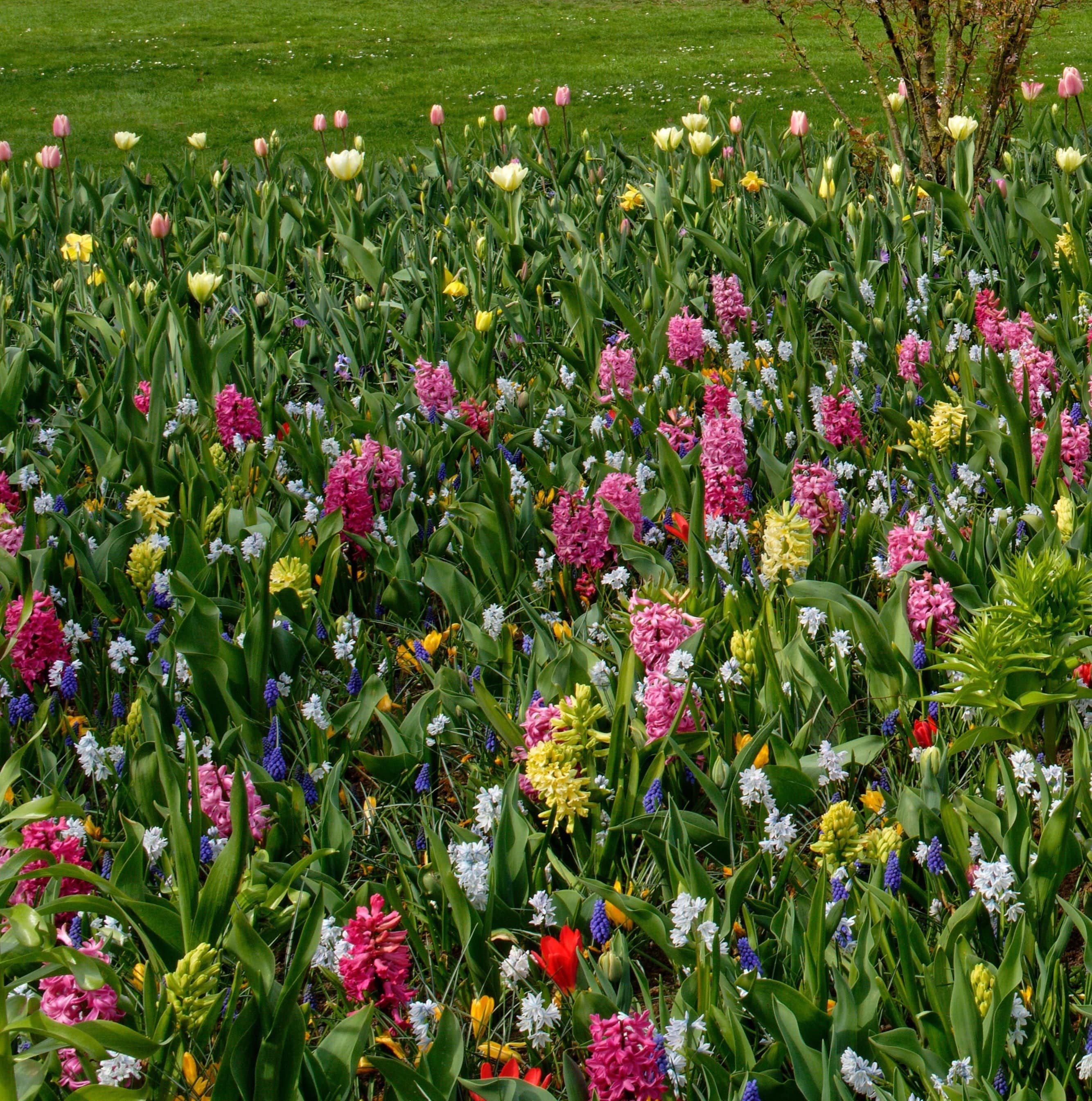While there are many plants that can resist the cold, the tender plants in your growing space will need protection during winter. Snow, frost and rain can all have significant effects on plants, and cause rotting or even death if not cared for correctly. So helping your plants to prepare for these tougher weather conditions is key to keeping them thriving.
In this guide, we cover many different methods on how to protect plants in winter to keep them well protected through the season and thriving again when spring arrives.
Do I Need to Protect My Plants in Winter?
There are many varieties of frost-hardy plants, such as plants grown from hardy perennial seeds, that you can grow in your garden. These have a natural resistance to cold temperatures and frost, meaning that they will require little to no maintenance during the colder season. In fact, there are several varieties of hardy vegetable seeds, such as Brussels sprouts seeds and parsnip seeds, that have improved flavour after a frost as they will convert starches to sugars.
Additionally, hardy annual seeds won’t need protection in winter as they will only live for one year anyway.
If your plants aren’t cold hardy or annuals, however, they will likely need protection of some sort during the colder months. If this is the case, follow the below methods for effective methods of protection for plants in winter.
Methods of Protection for Plants in Winter
You should start thinking about protecting your plants when the first signs of frost appear, which tends to be between September and November. Getting ahead of your planning for this can make it much easier to prepare your garden for when winter eventually arrives. So, follow our advice below to learn how to protect your plants in winter successfully:
- Transferring to shelter
- Protective coverings
- Mulching
- Watering soil
- Avoiding walking on frozen ground
- Removing snow
Transferring to Shelter
If possible, you should aim to move vulnerable plants to better shelter. This can effectively protect plants that are susceptible to rotting in cold and wet conditions. They will be well protected if moved indoors in a cool, light room in your home. However, this may not be possible if you’re limited on space. Alternatively, moving to a greenhouse or a cold frame are good options for protection for plants in winter.
If moving to these forms of shelter isn’t possible, moving them against a fence or wall is also beneficial to ensure they aren’t as exposed to cold winds and frost. Move them to a south-facing position to expose them to more sunlight.
Keeping Your Greenhouse Warm
To keep your plants in more preferable conditions, it is recommended to keep your greenhouse insulated or heated.
Covering the interior of your greenhouse with horticultural bubble wrap is one method of greenhouse insulation, though avoid using bubble wrap used for packaging as this won’t withstand UV light as well and won’t be as strong. You should choose bubble wrap with larger bubbles, as this will let in more light and provide better insulation. This can be applied in whatever method is convenient for you, with staples, pegs or tape all being valid options.
You can also heat it up with heaters and greenhouse accessories, such as our LightHouse ECOHEAT 240W Greenhouse Heater 122cm. Electric heaters can be more effective, though a paraffin heater is also a suitable option if you don’t have mains in your greenhouse. Bear in mind to open doors and windows on days with warmer weather, as mould can develop in greenhouses in particularly hot conditions.
Protective Coverings
If it isn’t possible to move your plants indoors or to a shelter, using protective coverings is a recommended alternative for protection for plants in winter. This involves using a covering, such as garden netting, and wrapping this securely around your plants to keep them protected from the cold weather.
It’s important to bear in mind that growing conditions can become humid when plants are covered for long periods, which can cause rotting. So, temporarily remove these coverings when weather is mild, and reapply them when colder conditions are forecast. You should also remove any damp material and add lots of dry material, such as straw, around the crown to further prevent rotting.
For smaller plants, a garden cloche can be a useful method of protection.
Covering Containers
Plants growing in containers and plastic grow pots should be covered in horticultural bubble wrap and tied securely to keep them protected.
To prevent waterlogging, containers are best lifted off the ground, as waterlogging can lead to freezing in winter. This can be done in a variety of ways, from using trays filled with pebbles to wooden battens.
Mulching
Damage to plant roots in winter is common, as they will freeze over for extended periods of time. As a useful method of protecting plant roots, you can mulch them with a layer of organic matter, such as well-rotted manure, leaf mould or garden compost. In addition to protecting the plant, this will also provide valuable nutrients to the soil that your plants will benefit from and helps to protect your plants from snails and slugs.
Watering Soil
Watering soil before a freeze can be an effective way of protecting your plant’s roots. Moist soil holds more heat than dry soil, so doing this helps to prevent injury to the roots.
Avoiding Walking On Frozen Ground
Treading on frozen ground can cause problems for grass, as frozen grass blades will break under your foot. This can also cause soil compaction, which can lead to fungal diseases and drainage problems later on. Therefore, you should avoid walking on frozen grass in your garden.
Removing snow
When snow sits on the branches of trees and larger plants, its weight can cause branches to break. Also, heavy snowfall can have a detrimental effect on shrubs and hedges. To prevent these problems, shake off any excess snow or use a broom to brush it off.
Cold-Hardy Plants at D.T. Brown
With the above advice on how to protect plants in winter, you can keep all plants in your garden ready for even the worst the winter weather has to offer. For plants that will effectively survive through winter with little to no protection, though, you can find many cold-hardy vegetable plants, fruit plants, and flower plants at D.T. Brown that make gardening through winter a straightforward process.
To find further gardening advice to keep your plants thriving through the seasons, you can find many more useful guides on our gardening blog.
If you’d like to know more about our range of herb plants, garden accessories, or anything else in our selection, get in touch with us today and a member of our team will be more than happy to help.













